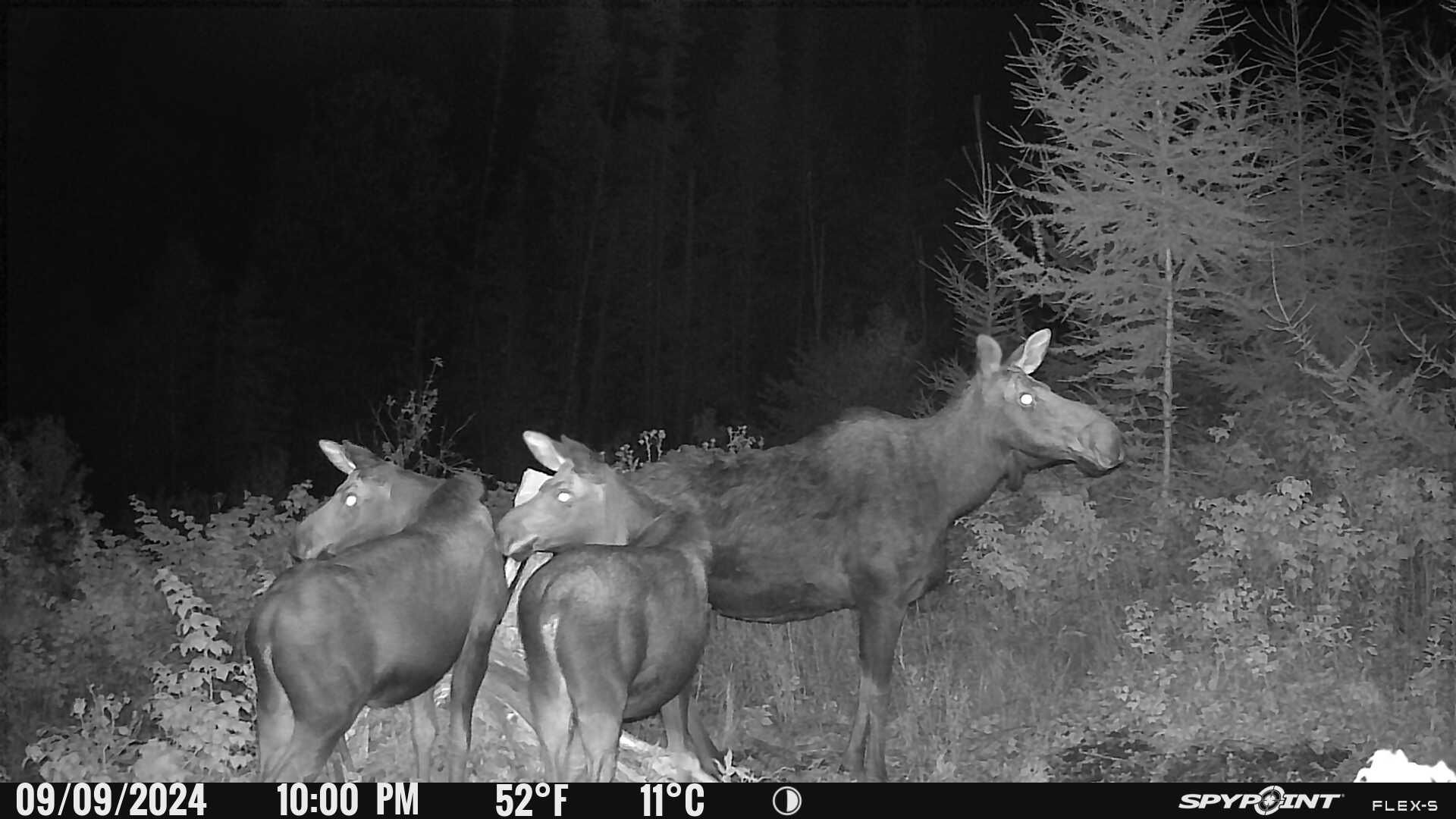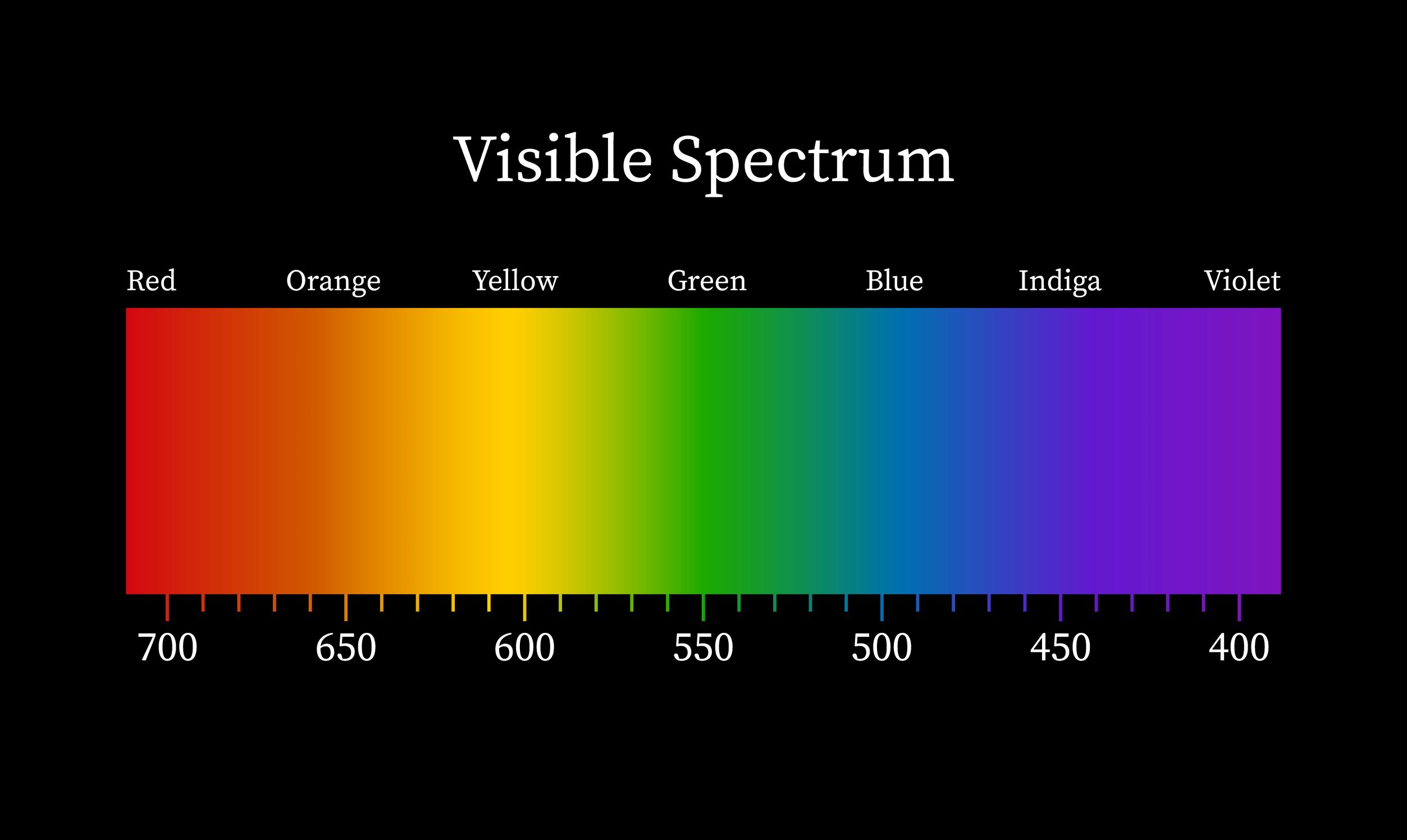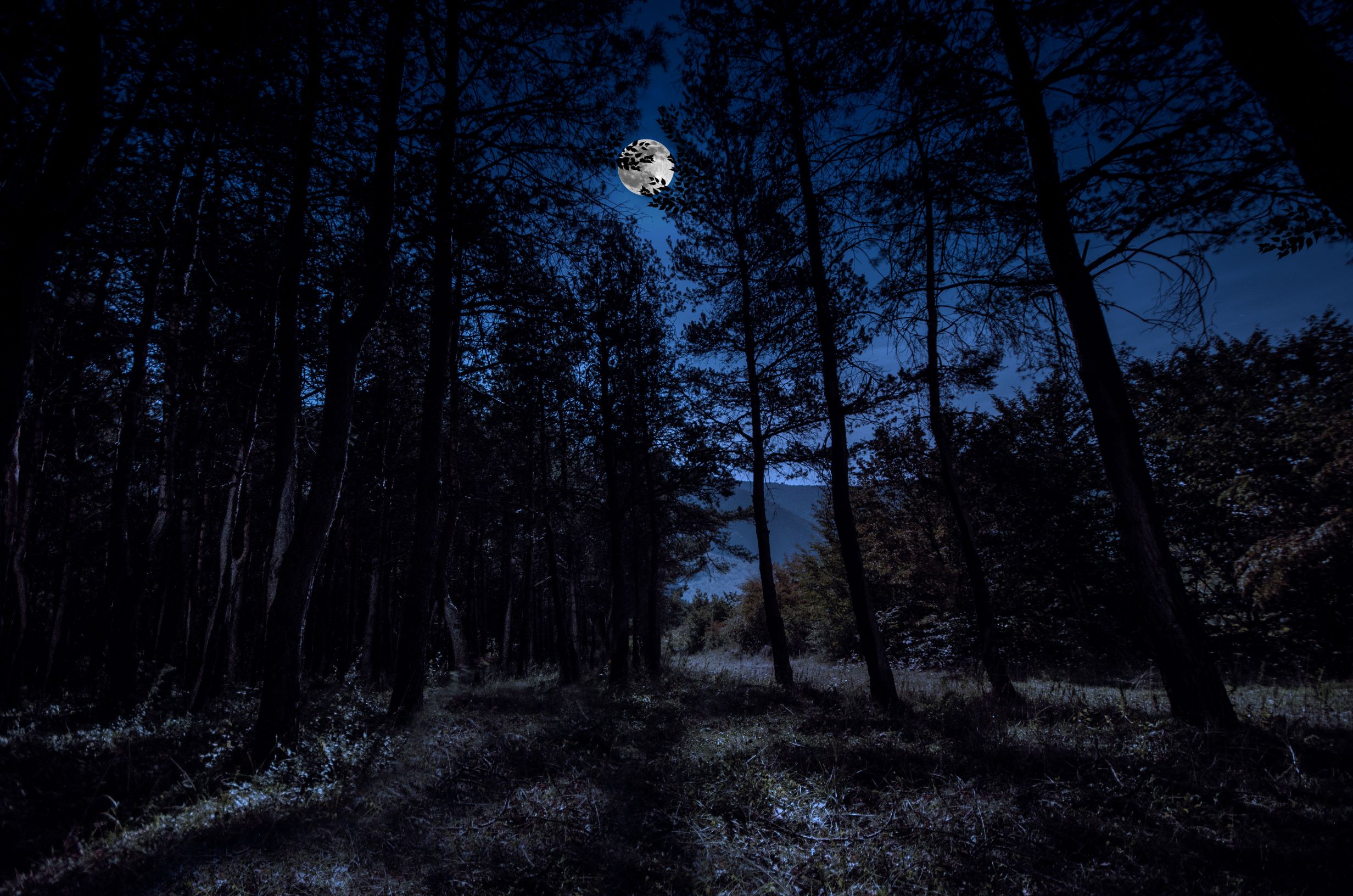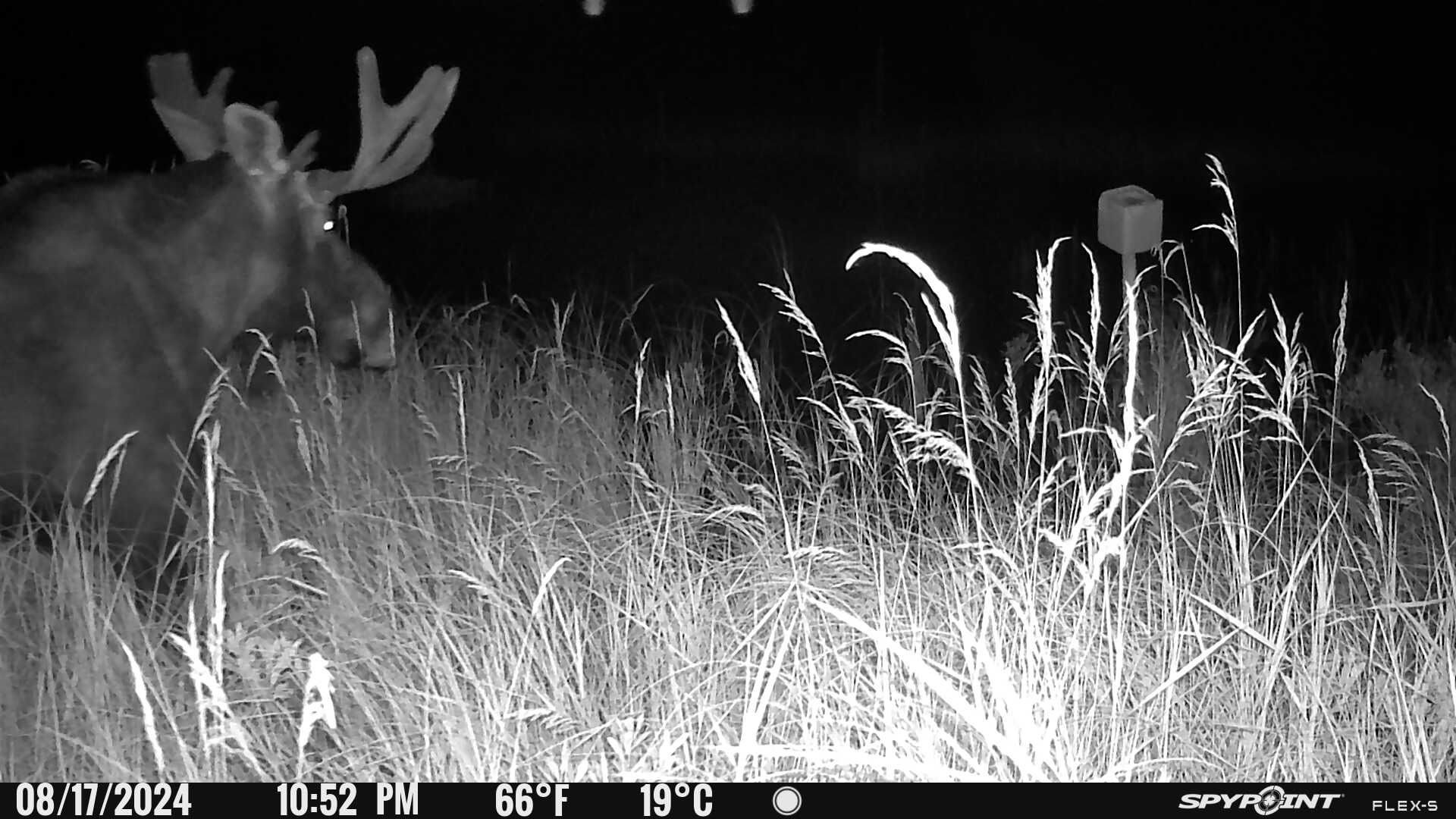
Whether they’re operating during the day or at night, the ultimate goal of a trail camera is to take stealthy pictures without anyone or anything knowing. Trail cameras have come a long way from not being able to take photos in the dark or having to utilize traditional white light flashes that disturb wildlife. After all, if you end up disturbing the subject you were intending to photograph, then you’ve defeated the whole purpose of using a game and trail camera in the first place.
One of the biggest benefits of modern trail cameras is that they can see in the dark in ways that the naked human eye cannot do. In a sense, they’re sort of like trail cameras with night vision. They can see in the dark, but what’s in the dark can’t see them. This is accomplished by way of infrared light that is measured in nanometers. The amount of nanometers determines the place on the infrared wavelength and determines if the light is more or less visible to the naked eye.

Low-glow LEDs produce clear night shots like this example from a FLEX-S.
Low-glow LEDs
These days, most trail cameras use low-glow flashes. A camera equipped with a low-glow flash uses 850nm infrared LED lights to illuminate the area in front of the camera. These low-glow flashes emit a very dim red glow when they are active, and this often goes unnoticed to most animals or humans. Sure, there will be some creatures - both of the two-legged and four-legged varieties - that will have vision that is acute enough to see that glow. However, it’s such a low amount of light that it is highly unlikely to alert, disturb, or spook anything that sees it.
No-glow LEDs
The other option is to use a trail camera that is equipped with a no-glow flash, otherwise known as black flash. These cameras use 940nm infrared LED lights to illuminate the area in front of the camera. Even though it is almost impossible for humans and animals to see 940nm infrared light, it is still enough to illuminate the area in front of the camera and capture an image of whatever it was that triggered the sensor.
The guiding principle with low-glow trail cameras and no-glow trail cameras is to emit light that is as far from the visible light spectrum as possible. In terms of numbers, higher is better. That’s why low-glow cameras use 850nm infrared LED lights and no-glow cameras use 940nm infrared lights.

This diagram of the visible spectrum of light only goes up to slightly more than 700 nanometers.
Choosing between low-glow and no-glow LEDs
As is the case with all things in life, your choices have trade-offs. Determining how and where you’ll be using your cameras can help you decide which kind of flash to utilize. Low-glow game and trail cameras provide better illumination than no-glow or black flash trail cameras. This can be beneficial if your cameras are going to be in places where very little natural light can penetrate.
For example, if you put a camera in a spot that is densely forested and has a thick canopy, the environment is naturally darker. Using a no-glow camera in this situation can result in dark and grainy images that may not be of much use to you. In order to get better quality pictures, you would be better off using a low-glow trail camera.

Consider how much natural moonlight your camera will be exposed to when choosing which setting is best for you.
On the other hand, if you’re placing the camera on the edge of a field that is wide open, you’ll have much more natural light filtering into the area even on the darkest of nights. In that kind of situation, you can get away with using a black flash or no-glow trail camera while still getting a picture that isn’t terribly grainy and unusable.
This is why the majority of people who utilize game and trail cameras own multiple different cameras of multiple different models. No two situations and desired outcomes are exactly the same, and end users need to be able to adapt to a given situation.

Make sure to clear any debris in front of your camera, such as the grass shown here, since it can block illumination meant for your target.
Get low-glow AND no-glow LEDs with the FLEX-DARK and FLEX-S-DARK
Of course, new products like SPYPOINT’s FLEX-DARK and FLEX-S-DARK trail and game cameras offer the best of both worlds. These cameras are loaded with advanced concealment features that enable you to switch between low-glow and no-glow modes depending on what is needed at that moment. Even better is the fact that you can switch between low-glow and no-glow remotely from the app, so there's no need to visit the camera.
Ultimately, the choice is up to you. There’s no right or wrong answer when choosing between low-glow and no-glow cameras. There’s never been a better time to be a game and trail camera user. Options abound and the quality and features just keep getting better.



